
It is not clear whether gut inflammation has a causal role in myeloproliferative neoplasms, or the other way around.

It is not clear whether gut inflammation has a causal role in myeloproliferative neoplasms, or the other way around.

Research and discussion about the high cancer rates among Black Americans used to be dominated by genetics and the search for biological differences. Now attention has shifted to the social determinants of health.
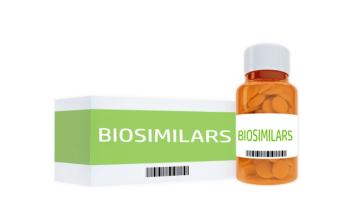
Efforts to improve education on biosimilars are a start, but payer policies must catch up to ensure real change.

Price-transparency rule allows insurers to cut MLR payments by using incentives to encourage consumers to choose low-cost, high-value providers.

Multiple patents on original biologics delay when biosimilars get on the market in the US. University of Denver Sturm College of Law legal experts argue in a preprint that changes in how the original patents are written could reduce the number of duplicative patents and legal gamesmanship.

A Cleveland Clinic researcher anticipates that the FDA’s definition of strength of formulation could impair acceptance of Boehringer Ingelheim’s biosimilar to Humira (adalimumab), even though the FDA has approved the biosimilar as “interchangeable” to Humira.

Findings from phase 2 trials reported in Journal of Clinical Oncology seed hopes that winnowing out certain types of T cells from peripheral blood stem-cell transplants will make chronic graft-versus-host disease less common. Randomized trials are underway to test the proposition.

High engagement was linked with high weight loss, the analysis shows.

The administration of adult stem cells increased survival in patients with both acute and chronic graft-versus-host disease in a compassionate use program.

Safe and effective long-term treatment is important for stable disease control in atopic dermatitis.

Healthcare insurance in the U.S. can be spotty, even with expansion of coverage under the Affordable Care Act. One of the remaining problem areas is coverage for people who are leaving prison or jail.
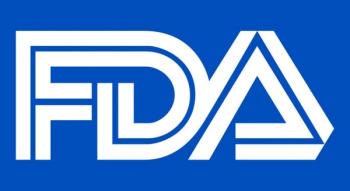
The FDA has approved a rare disease therapy and an additional indication for Enhertu, and grants priority review for Imfinzi in biliary tract cancer. Regulators have issued complete response letters for three therapies. The agency also has scheduled an advisory committee for Nuplazid in Alzheimer’s psychosis.

Beauty may be in the eye of the beholder, but drug price trends are in the way you crunch the numbers.
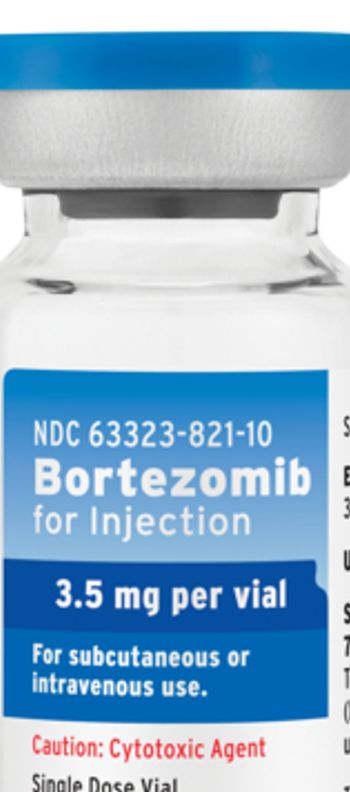
Bortezomib is part of the company’s KabiConnect program, a recent expansion of its KabiCare patient support program
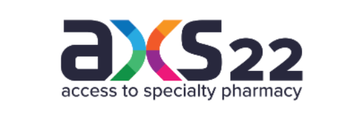
Politics and policies were among the main topics at the meeting in Las Vegas. But the 6,000 attendees also heard about biosimilars, the gross-to-net price gap and the ripple effects of the CMS’ Aduhelm coverage decision.

At the 2022 Asembia Specialty Pharmacy Summit, healthcare policy experts at Avalere shared insights into the politics of a less ambitious Build Back Better bill and the healthcare provisions it might include. If a "skinny bill" doesn't get passed, the healthcare action of the Biden administration might shift to CMS Innovation Center and payment models, including a successor to the Oncology Care Model, they said.

Ryan Urgo, Managing Director, Health Policy at Avalere addressed the Biden administration’s healthcare priorities and if the Build Back Better legislation will include provisions that deal with drug prices? Urgo spoke at this year's annual Asembia Specialty Pharmacy Summit in Las Vegas on the subject, as well.

Many patients don’t fill their prescriptions because of the cost. TailorMed is a software platform that connects patients to possible sources of financial assistance.

Patients with eosinophilic esophagitis (EoE) are faced with delayed diagnosis, burdens related to symptoms, quality of life and cost, but lack targeted systemic therapies to improve long-term disease control.

Drug manufacturers are challenging the discounted drug program, but if they are blamed for the closing of rural hospitals that depend on 340B funds, the challenge may have a serious downside, warned an expert on the program.
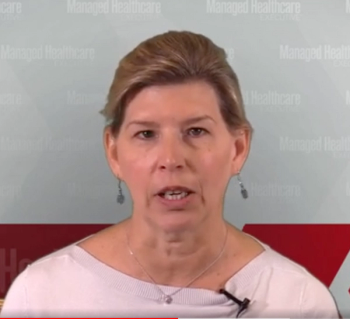
Jayne Hornung, Chief Clinical Officer, Pharmacy, MMIT addresses the difference between digital therapeutics in the pharmacy and medical benefit space, and digs into the potential causes of the slow uptake in digital therapeutics among payers during this year's Asembia Specialty Pharmacy Summit in Las Vegas.
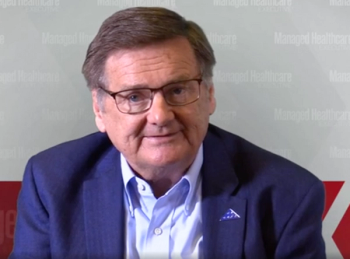
Doug Long, vice president of Industry Relations at IQVIA spoke on how the current inflationary trend in the economy affects healthcare spending and prices, as well as the trend of specialty drugs accounting for half of the drug spend in healthcare. Hear more of what he shared with our team at this year's Asembia Specialty Pharmacy Summit in Las Vegas.

In a session on ecommerce and pharmacy, Amazon Pharmacy executives said they want to make the online pharmacy experience easy to navigate and pricing transparent.

In their general session, Adam J. Fein, PhD of Drug Channels Institute, and Doug Long of IQVIA reviewed the current specialty pharmacy space, ongoing trends and future expectations.
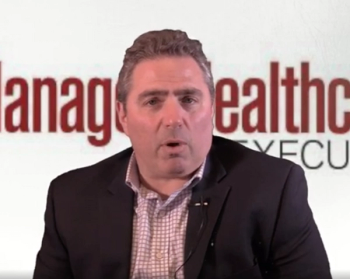
Jayson Slotnik, partner at Health Policy Strategies, Inc, addresses the most recent developments in value-based contracting and how it affects specialty pharmacy at this year's Asembia Specialty Pharmacy Summit in Las Vegas.

Sonia Oskouei, PharmD, vice president of Biosimilars at Cardinal Health, spoke on pharmacists playing a bigger role in driving biosimilar adoption in 2023 and beyond during Asembia's 2022 Specialty Pharmacy Summit in Las Vegas.

IQVIA’s Lucas Greenwalt says manufacturers need to provide patient assistance if they want their new brands to meet sales goals as payers devise strategies to cope with cost and the increasing number of ultra-expensive medications skyrockets.

Tracy Russell, senior director of state government affairs at CoverMyMeds addressed what piece of new federal legislation will have the biggest effect on specialty pharmacy and what the Biden administration's emphasis on healthcare equity will do for specialty pharmacy. Russell spoke more on this topic at this year's Asembia Specialty Pharmacy Summit in Las Vegas.
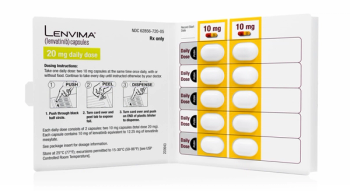
Lenvima is approved to treat thyroid cancer, renal cell carcinoma and in combination with Keytruda for metastatic kidney cancer.

An animal study of histotripsy suggests that powerful, focused ultrasound might be a way of treating liver cancer. It is a preliminary study. Much more research will need to be done before the technology is accepted as safe and effective.